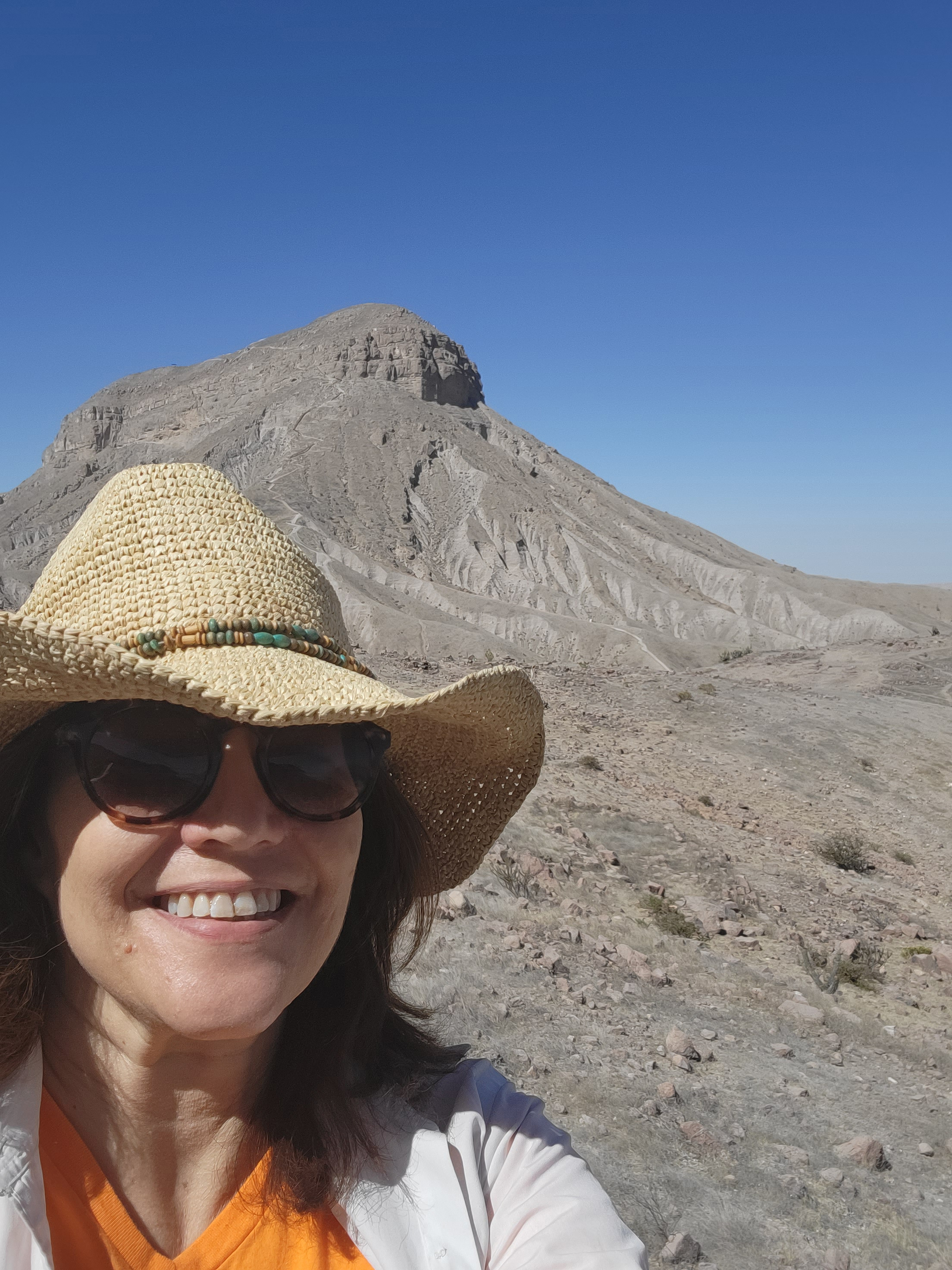Archaeologist brings expertise on empires, Peru to ASU community
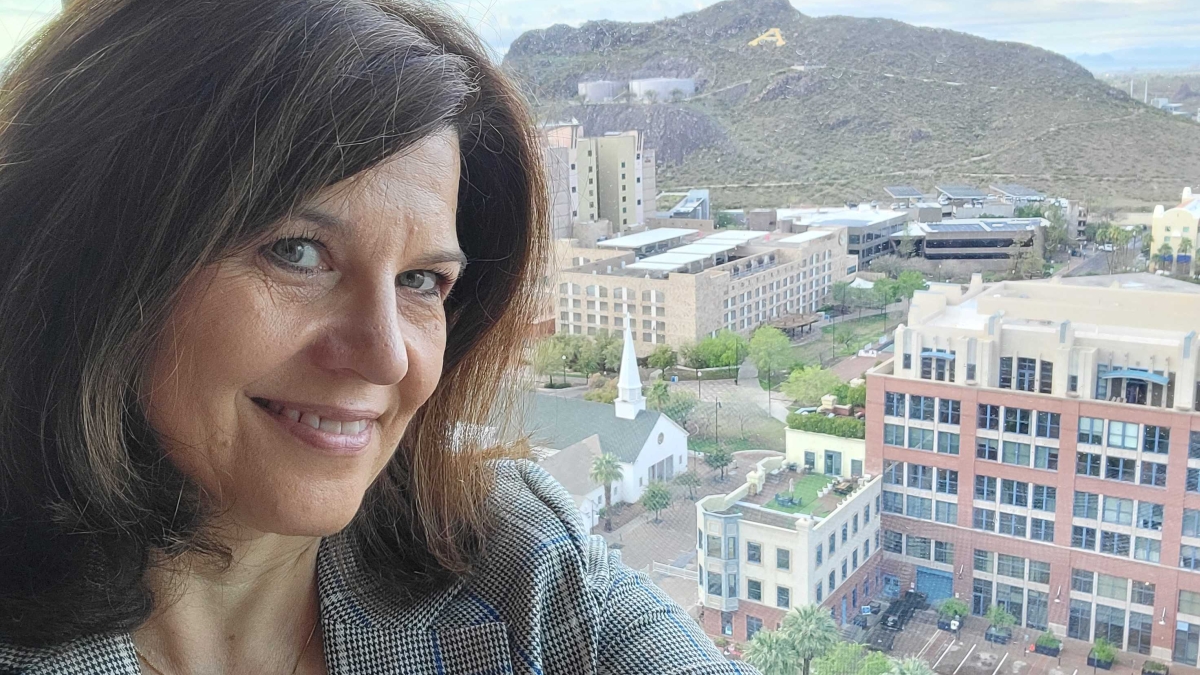
ASU Associate Professor Donna Nash
This fall, students on the hunt for some adventure can find it in the classroom of Donna Nash — and they may even find that the adventure continues on another continet entirely.
Nash is an anthropological archaeologist whose research focuses on the Wari Empire of prehistoric Peru, and she is joining Arizona State University's School of Human Evolution and Social Change, where she will teach courses that will contribute to the archaeology approach as an associate professor.
“I have taught archaeological field schools for many years, and guiding students through the process of discovery is very rewarding,” Nash said. “I look forward to sharing these experiences with ASU students, perhaps in Peru with me or in the classroom. I am also excited by possible collaborations with graduate students and faculty, whose expertise will enrich my research and offer new avenues of inquiry.”
Nash comes to ASU from the University of North Carolina at Greensboro, where she served as the head of the anthropology department and taught archaeology courses.
She received her Bachelor of Arts, Master of Arts and PhD in anthropology from the University of Florida. She holds a minor in classical studies and a minor in architecture.
ASU News spoke with Nash about her research and joining the ASU community.
Editor's note: Answers have been edited for length and clarity.
Question: Can you tell the ASU community about your area of research?
Answer: I am interested in the development of institutions in early states and empires. In particular, my research is centered around understanding how states, and specifically empires, get so many people to play along. Many offer the threat of force as a simple answer, but this is costly and difficult to maintain. I am curious to learn what sorts of institutions were successful with integrating people into a polity, especially people who were conquered and became subjects to an expansive state, such as an empire. I approach this question through examining changes in daily life through household archaeology and the design of settings where political interactions took place, such as palaces, administrative buildings and public ceremonial spaces.
My research focuses on the Wari Empire of prehistoric Peru, whose dominance spanned several centuries, roughly 550–1100 C.E. The Wari Empire had a system of recordkeeping, but it has not been deciphered. This makes archaeology the only way to understand this fascinating society. Part of my work has been methodological, to develop ways to study an empire without written history. In this vein, I have documented the details of daily activities, ritual deposits and craft technologies. Through the bits of tools, broken objects and purposefully placed offerings, I have created a profile of practices from the poor peasant to the palace dwellers. I am finishing up a book manuscript based on my excavations and artifact analyses of a palace complex on the mesa-top Wari site of Cerro Baúl. I am now shifting to look at the earliest years of the empire to discern how their institutions started and changed through time.
Q: Do you have any future projects you would like to tell us about?
A: I plan to direct excavations in the summer of 2024 at the Wari-affiliated site of Cerro Mejía. I will be exploring a ceremonial plaza on the summit of the hill. This modest monument features an artificially leveled plaza and four small platforms — two to the east and two to the northeast. In previous excursions, my team discovered that the two eastern platforms mark the sun-rising positions on the solstices and equinoxes; future work will focus on the other features of the complex to understand its use for public events. We will excavate areas around the platforms, sample the plaza and explore the adjacent building, which we suspect may be a temple, as it does not resemble other residences.
Donna Nash at the palace complex on the mesa-top Wari site of Cerro Baúl. Photo courtesy Donna Nash
I also plan to seek funds from the National Science Foundation to launch a five-year project to investigate the very earliest vestiges of the Wari colony in Moquegua. Previous excavations revealed deeply buried house floors and agricultural features underlying the ruins visible on the surface. The sample we have from this early time is very small. Directed efforts to uncover deeply buried layers will provide a valuable glimpse of the early pioneers who settled the frontier of the Wari Empire and offer important clues to understand the developmental trajectory of the earliest Andean Empire.
Q: Why do you enjoy your career and what you are looking forward to at ASU?
A: I am an anthropological archaeologist. Archaeology pioneered many of the techniques you see crime scene investigators use on a TV murder mystery. I view my research in the same way. I collect evidence to learn who did what and when at the sites I investigate (the where). Sometimes I uncover something fantastic no one has laid eyes on for more than 1,000 years, but most of the time the answers take several years to interpret and are often incomplete. Nevertheless, those hard-won results reveal information about people without written records, and through comparisons with other societies, I can gain broader insights on people all over the world, today and in the past.
More Arts, humanities and education
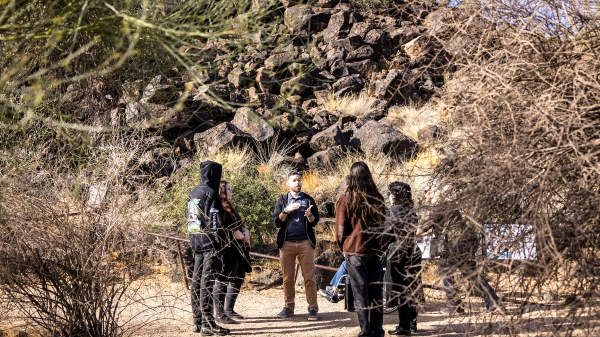
Petroglyph preserve celebrates 30th anniversary with ancient, modern tales
The Deer Valley Petroglyph Preserve provides a beautiful walk through a pristine desert where chuckwalla lizards are as plentiful…
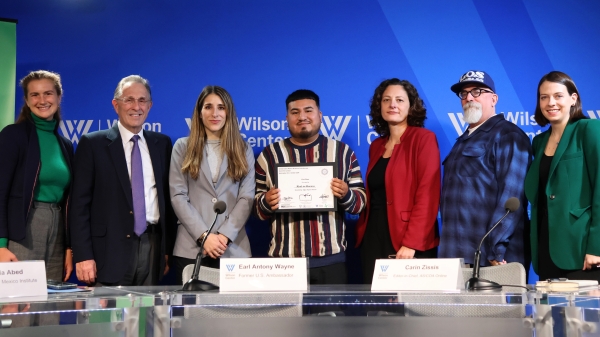
Kaleidoscope short film contest inspires powerful binational filmmaking in its second year
“We come to this country not to steal anybody’s jobs but to take advantage of the opportunities that the rest ignore. We’ve been…
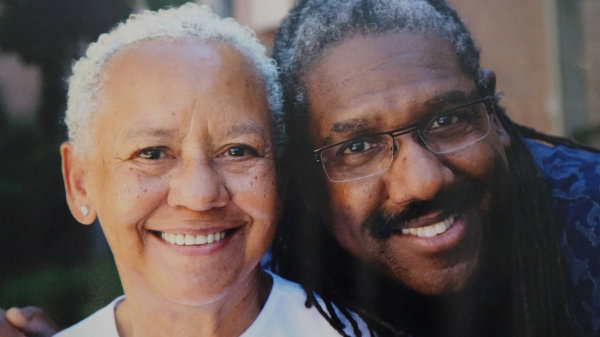
ASU's Neal Lester reflects on life, death of poet Nikki Giovanni
When Neal Lester heard on Monday that poet and activist Nikki Giovanni had died, the news hit hard.Lester, the founding director…
